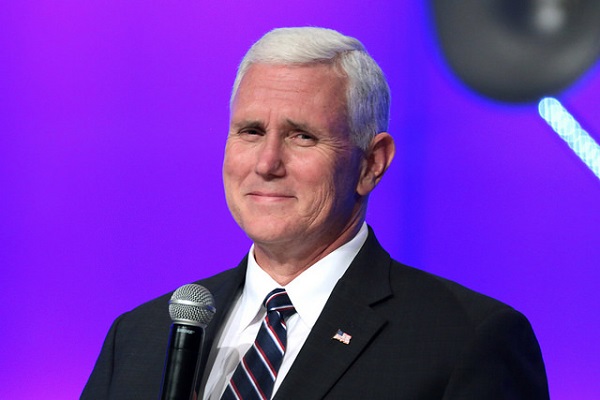
Assertions Made By Vice President Pence Are Partly True
Vice President Mike Pence claimed during a college commencement ceremony that religion continues to have a robust presence in the United States. During his May 12 speech at Michigan's Hilldale’s College, he said the percentage of U.S. citizens who can be considered as deeply religious, like the ones who visit church regularly and believe in the absoluteness of the Bible, have enjoyed exponential growth. To prove his statement, he pointed out that the percentage of religious Americans have remained the same even as the population of the country went up by a large amount. He claimed that America has witnessed a resurgence of faith.
Is Religion Making a Comeback in the United States?[/tweetthis]
If one goes through scholarly opinion and data, then he is half-correct. The vice president has overlooked a few factors on the extensive data about religion in the United States. Michael Hout, a Sociologist of New York University, said that weakly religious people from 1990 were found to choose either no religion or stronger religious identity. It has become harder to find a person occupying a middle spot of being an occasional worshiper or slightly religious.
Data on the subject reveals that hardcore religious practice has kept its hold in recent years. Pence, however, has willfully ignored the fact that the number of people with no religious affiliation only went up. The number of Americans who had lower religiosity had significantly declined. Landon Schnabel, co-author of a 2017 study about religious data, said “Pence’s statement isn’t totally wrong, but it is a misinterpretation.”[/tweetit] The Indiana University academic said that Pence has concentrated on a single trend line and not the complete landscape.
The University of Chicago collected data on the subject under the headline of General Social Survey. One finding leaps out from the list: the rise of those with no religious affiliation. The part of the population with no religious affiliation has grown four times over a span of 40 years from the initial five percent to about twenty percent. When it came to strong religious affiliation, the percentage of people who identify themselves as deeply religious have been relatively constant for about 40 years. These range anywhere from thirty-five percent to forty percent of total population. This part of the data structure supports Pence's assertion.
Other parts of the data do not support what Pence said. One of them is the decline of a population segment which reported “somewhat strong” has declined. This group went up by fifty-five percent in the late 1970s but now dropped to about forty percent.
